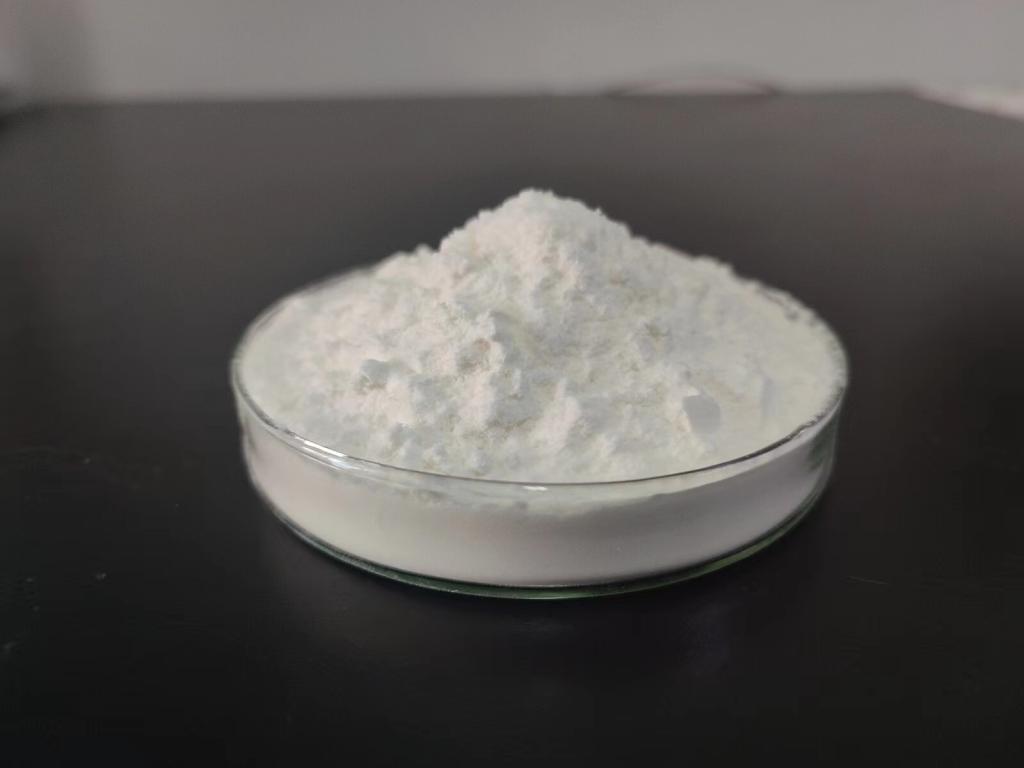Tel:+8618231198596

News
 CONTACT
CONTACT
 CONTACT
CONTACT
- Linkman:Linda Yao
- Tel: +8618231198596
- Email:linda.yao@dcpharma.cn
- Linkman:CHARLES.WANG
- Department:Overseas
- Tel: 0086 0311-85537378 0086 0311-85539701
News
Bio-Preservatives Revolution: ε-Polylysine Hydrochloride's Impact on Food Industry Practices
TIME:2023-12-28
I. Understanding ε-Polylysine Hydrochloride:
A. Origins and Discovery:
ε-Polylysine Hydrochloride is a naturally occurring antimicrobial compound derived from microbial fermentation, primarily by strains of Streptomyces albulus. Discovered in the 1970s, it gained attention for its potent inhibitory effects on a wide range of bacteria and fungi, marking it as a promising candidate for food preservation.
B. Molecular Structure and Properties:
The molecular structure of ε-Polylysine Hydrochloride is characterized by a chain of lysine residues, linked together through epsilon bonds. This unique structure contributes to its antimicrobial properties. Moreover, it is water-soluble, heat-stable, and has a low toxicity profile, making it an ideal choice for food preservation.
II. Mechanism of Action:
A. Antimicrobial Activity:
ε-Polylysine Hydrochloride exhibits antimicrobial activity by disrupting the cell membranes of bacteria and fungi. The positively charged lysine residues interact with the negatively charged components of microbial cell membranes, leading to membrane destabilization and cell death. This mode of action is highly effective and selective, targeting harmful microorganisms while sparing beneficial ones.
B. Spectrum of Activity:
One of the notable features of ε-Polylysine Hydrochloride is its broad spectrum of antimicrobial activity. It has been proven effective against Gram-positive and Gram-negative bacteria, yeast, and molds. This versatility makes it a valuable tool for preserving a wide range of food products.
III. Applications in the Food Industry:
A. Preservation of Meat and Poultry:
The meat and poultry industry faces significant challenges in preserving products and ensuring their safety. ε-Polylysine Hydrochloride has demonstrated remarkable efficacy in extending the shelf life of meat and poultry by inhibiting the growth of spoilage bacteria and pathogens. Its natural origin aligns with the growing consumer demand for clean-label products.
B. Bakery and Confectionery:
In the bakery and confectionery sector, where maintaining freshness is paramount, ε-Polylysine Hydrochloride has emerged as a game-changer. It prevents the growth of molds and extends the shelf life of baked goods, without compromising on taste or texture. Bakeries are now able to reduce the use of synthetic preservatives, meeting the rising demand for more natural and wholesome products.
C. Dairy Products:
Dairy products are susceptible to contamination by various microorganisms, affecting their quality and safety. ε-Polylysine Hydrochloride has proven effective in controlling spoilage bacteria and pathogens in dairy products, ensuring their freshness and safety throughout their shelf life. This has implications for both fluid milk and processed dairy items.
D. Beverages:
Even in the beverage industry, where liquid products pose unique preservation challenges, ε-Polylysine Hydrochloride has found applications. Its water solubility makes it easy to incorporate into liquid formulations, providing an effective means of preserving juices, soft drinks, and other beverages without altering their taste or appearance.
IV. Advantages Over Traditional Preservatives:
A. Clean Label and Consumer Perception:
One of the key advantages of ε-Polylysine Hydrochloride is its alignment with the clean-label trend. Consumers are increasingly conscious of the ingredients in their food and are more inclined towards products with recognizable, natural components. The use of ε-Polylysine Hydrochloride allows food manufacturers to meet these consumer preferences while ensuring the safety and quality of their products.
B. Minimal Impact on Organoleptic Properties:
Traditional preservatives, especially synthetic ones, often come with the drawback of affecting the taste, texture, or color of food products. ε-Polylysine Hydrochloride, however, has minimal impact on the organoleptic properties of food. This is a crucial factor for the food industry, where maintaining the sensory appeal of products is vital for consumer acceptance.
C. Environmental Sustainability:
As the world grapples with environmental challenges, the food industry is under increasing pressure to adopt sustainable practices. ε-Polylysine Hydrochloride offers a sustainable alternative to synthetic preservatives, being derived from natural fermentation processes. Its production has a lower environmental impact compared to the synthesis of traditional preservatives.
V. Regulatory Status and Safety Considerations:
A. Regulatory Approval:
The regulatory landscape surrounding food preservatives is stringent, with authorities ensuring that additives meet safety standards before entering the market. ε-Polylysine Hydrochloride has received regulatory approval in many countries, including the United States, the European Union, and Japan, attesting to its safety and efficacy.
B. Toxicity and Allergenicity:
Studies have consistently demonstrated the low toxicity of ε-Polylysine Hydrochloride, with acceptable daily intake levels established. Additionally, it has a low allergenic potential, making it suitable for individuals with various dietary preferences and restrictions.
VI. Future Prospects and Challenges:
A. Market Growth and Adoption:
The market for bio-preservatives, including ε-Polylysine Hydrochloride, is poised for significant growth in the coming years. As consumer awareness regarding food safety and sustainability continues to rise, food manufacturers are likely to embrace natural alternatives to traditional preservatives.
B. Research and Innovation:
Ongoing research aims to further optimize the production processes of ε-Polylysine Hydrochloride, making it more cost-effective and scalable. Additionally, research efforts are directed towards exploring new applications and combinations with other natural preservatives to enhance efficacy.
C. Addressing Challenges:
Despite its numerous advantages, challenges remain, such as optimizing formulations for specific food matrices, addressing regulatory variations across regions, and ensuring cost competitiveness with traditional preservatives. Overcoming these challenges will be crucial for the widespread adoption of ε-Polylysine Hydrochloride in the food industry.
Conclusion:
In conclusion, ε-Polylysine Hydrochloride stands at the forefront of the bio-preservatives revolution, offering the food industry a natural and effective means of extending the shelf life of products. Its broad spectrum of antimicrobial activity, clean-label appeal, and minimal impact on organoleptic properties position it as a versatile and sustainable alternative to traditional preservatives. As consumer preferences evolve, and the demand for safer and more sustainable food options grows, ε-Polylysine Hydrochloride is likely to play a pivotal role in shaping the future of food preservation practices worldwide.
- Tel:+8618231198596
- Whatsapp:18231198596
- Chat With Skype







